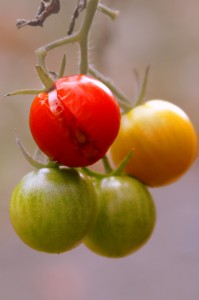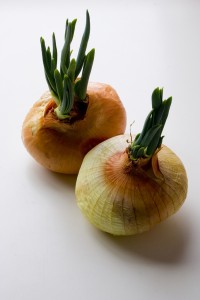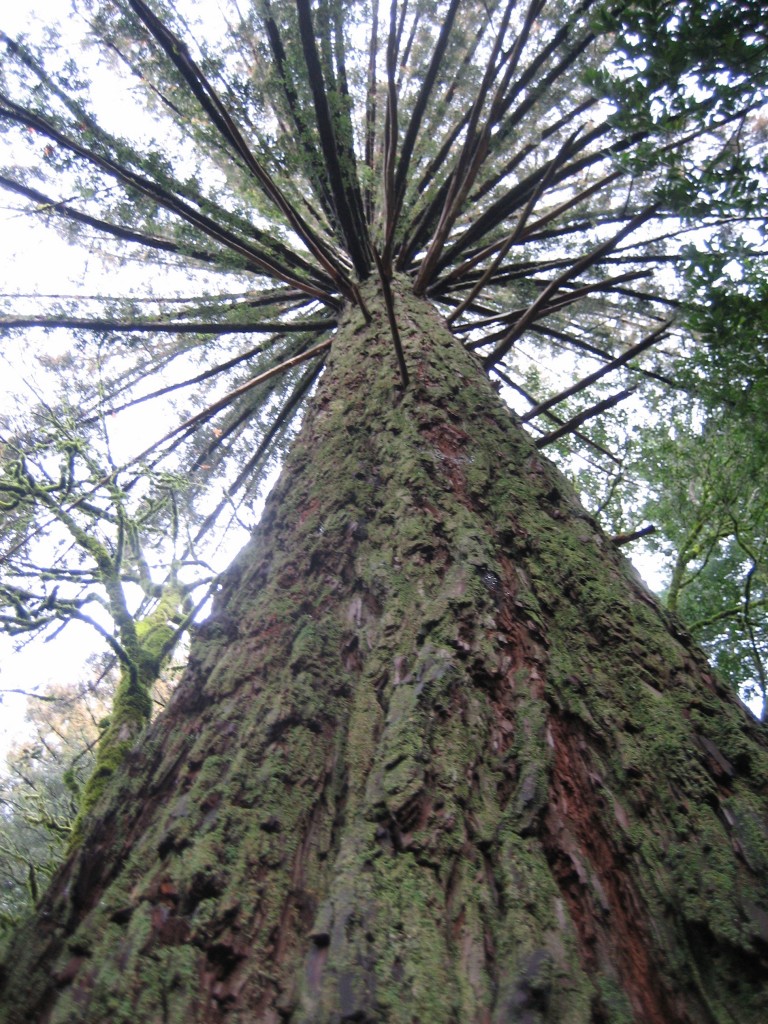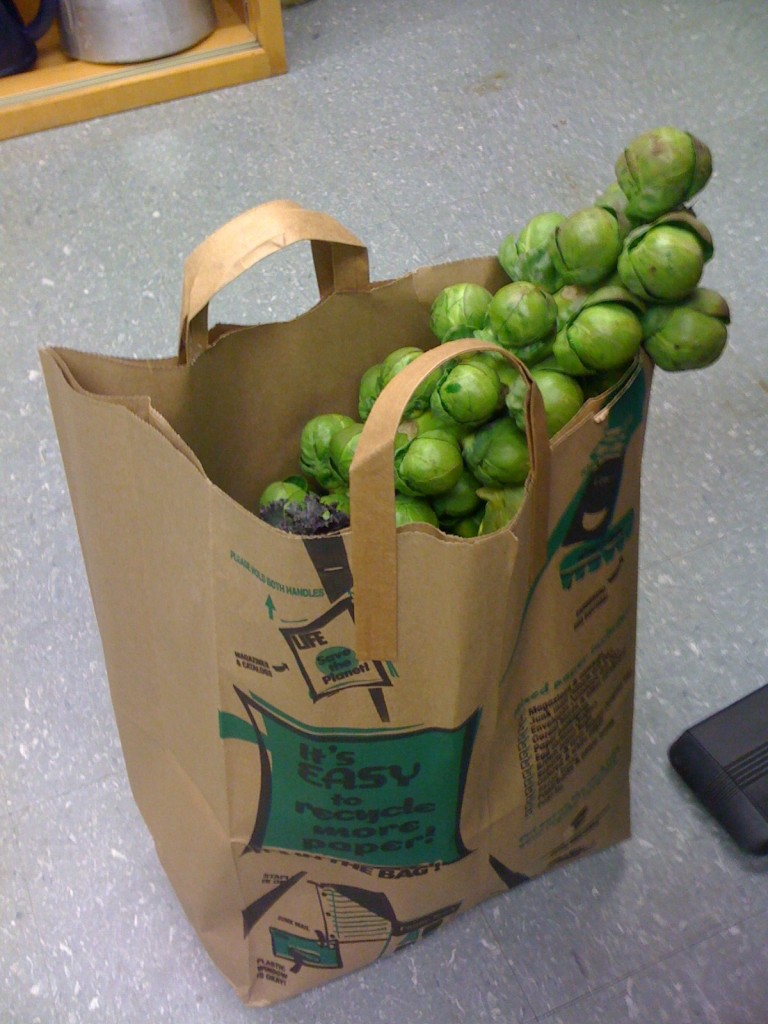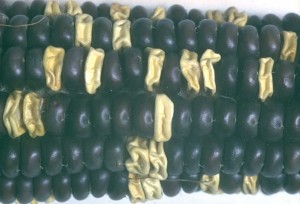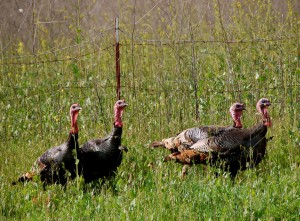From the post in question:
… natural selection is unlikely to have missed simple, tradeoff-free improvements. So I’m always skeptical when someone speculates that we could double crop yield just by increasing the expression of some newly discovered “drought-resistance gene.” My rationale is that mutants with greater expression of any given gene are simple enough to have arisen repeatedly over the course of evolution.
Sounds grim doesn’t it, and I completely agree with his logic. Fortunately the author goes on to explain all sorts of loopholes where it should be possible to improve water use efficiency by looking at more complex traits or exploiting the differences in how natural selection (evolution) and artificial selection (farming and plant breeding) judge success.
One example being that in a whole field being grown for harvest we don’t care about the relative success of one plant compared to its neighbors (how natural selection normally works) but the success, or lack thereof of the whole field. So selecting against various traits that help in plant-plant competition, but reduce the efficiency of water use overall is probably a path worth being pursued if it isn’t already. This parallels the early work done in corn breeding that, sometimes unconsciously, selected for plants that didn’t compete with each other as much for light, as all the energy corn plants spent trying to outgrow their neighbors was wasted, from the point of view of the farmers. If you look at really old pictures of cornfields, you’ll notice the plants were much taller then than they are today. Modern cornfields are also planted much more densely, which would have provoked even more wasteful struggles for sunlight in old breeds of corn, but today ensures that even more of the sunlight that hits and acres of corn will fall upon the leaves of SOME corn plant.
The whole post is a great read, I highly recommend it and now Denison’s forthcoming book is on the long list of things I really want to find the time to read.
